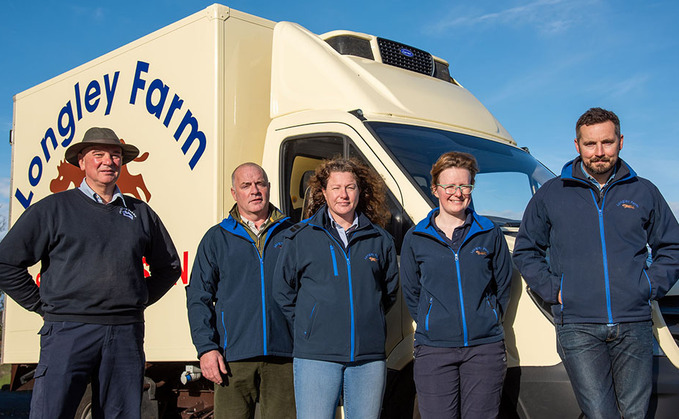
A Nuffield Scholar has helped a Yorkshire farm to refresh its approach to fit with a changing world, with some surprising conclusions. Íæż½ã½ã finds out more. Farming is at a crossroads and...

A Nuffield Scholar has helped a Yorkshire farm to refresh its approach to fit with a changing world, with some surprising conclusions. Íæż½ã½ã finds out more. Farming is at a crossroads and...

BNG National Habitat Bank Creation & Unit

Outdoor Beef Finishing Coral System, available